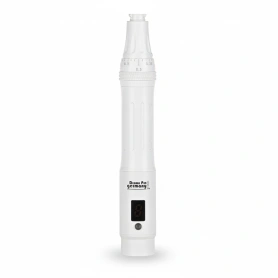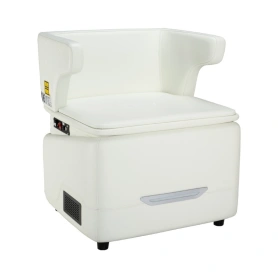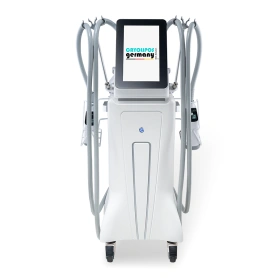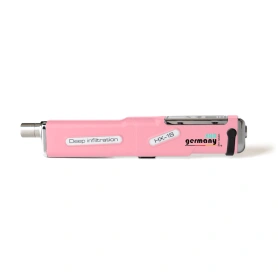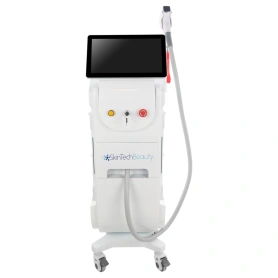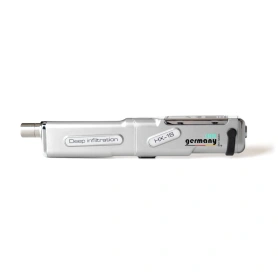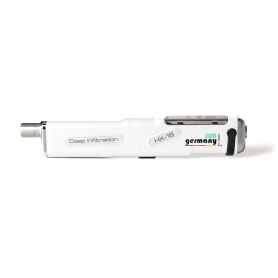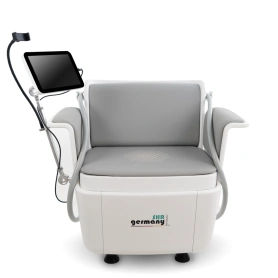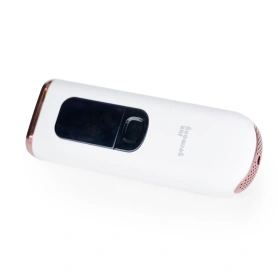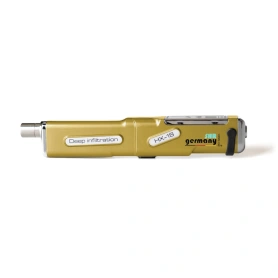High-Frequency Therapy: The Beauty Treatment for Radiant Skin
Historical Background: High-frequency therapy, also known as HF therapy, originated in the medical field and was later successfully introduced into aesthetic dermatology. Since its discovery, this treatment method has evolved into a popular option for tightening, regenerating, and giving the skin a healthy glow.
Consultation and Skin Analysis: Thorough consultation before high-frequency therapy is essential to understand individual needs and expectations. Skin analysis helps determine the skin type and address specific problem areas effectively.
Treatment Options: High-frequency therapy offers various application possibilities, from skin tightening to acne treatment to improving blood circulation. The selection of treatment options depends on individual goals and skin condition.
Treatment Process:
The process of high-frequency therapy involves several steps:
Skin cleansing: The treatment starts with thorough cleansing of the skin to remove all makeup or dirt residues.
Preparation of electrodes: Electrodes working with high-frequency current are prepared. These can have different shapes depending on the area of the skin being treated.
Application of high-frequency current: The electrodes are guided over the skin, with the high-frequency current being applied selectively. This stimulates cell renewal, improves blood circulation, and has antibacterial effects.
Massage or serum infusion (optional): In some cases, high-frequency therapy is combined with a gentle massage or the infusion of skincare products to achieve optimal results.
Aftercare and Skincare: After high-frequency therapy, it is important to protect the skin from UV radiation and avoid aggressive skincare products. Moisturizing and soothing care supports the healing process.
Expected Results: The results of high-frequency therapy are diverse and depend on individual goals. These include firmer skin, improved skin texture, and a refined complexion.
Risks and Side Effects: High-frequency therapy is considered a safe treatment method but may cause temporary redness in sensitive skin. This typically subsides quickly.
Treatment Cycle: The number of sessions needed varies depending on the problem areas being treated. Typically, several sessions are required at intervals of a few weeks to achieve optimal results.
Alternative Options: As an alternative to high-frequency therapy, other non-invasive procedures such as microdermabrasion or laser therapy are options. The choice depends on individual needs.
Long-Term Skincare: Long-term skincare after high-frequency therapy includes the use of moisturizing and regenerating products. Effective sun protection is essential to protect the skin from harmful UV rays.
Safety Standards: High-frequency therapy should only be performed by trained professionals to ensure optimal results and highest safety.
High-frequency therapy offers a gentle way to revitalize the skin and promote a radiant complexion.

